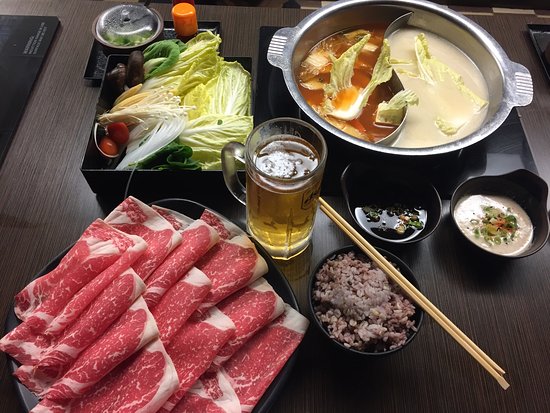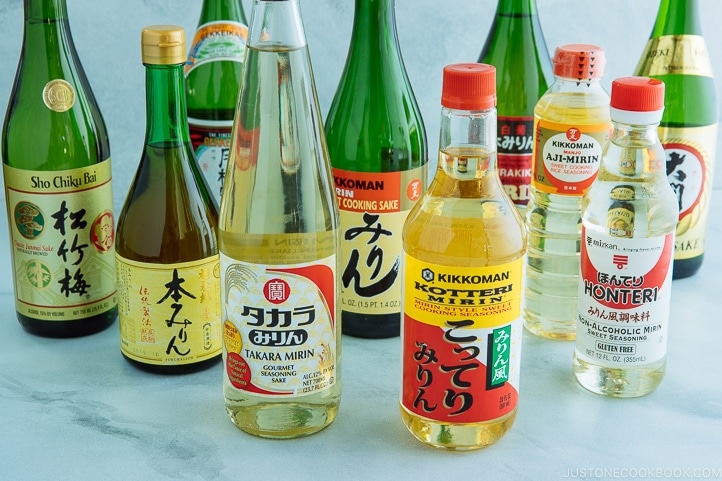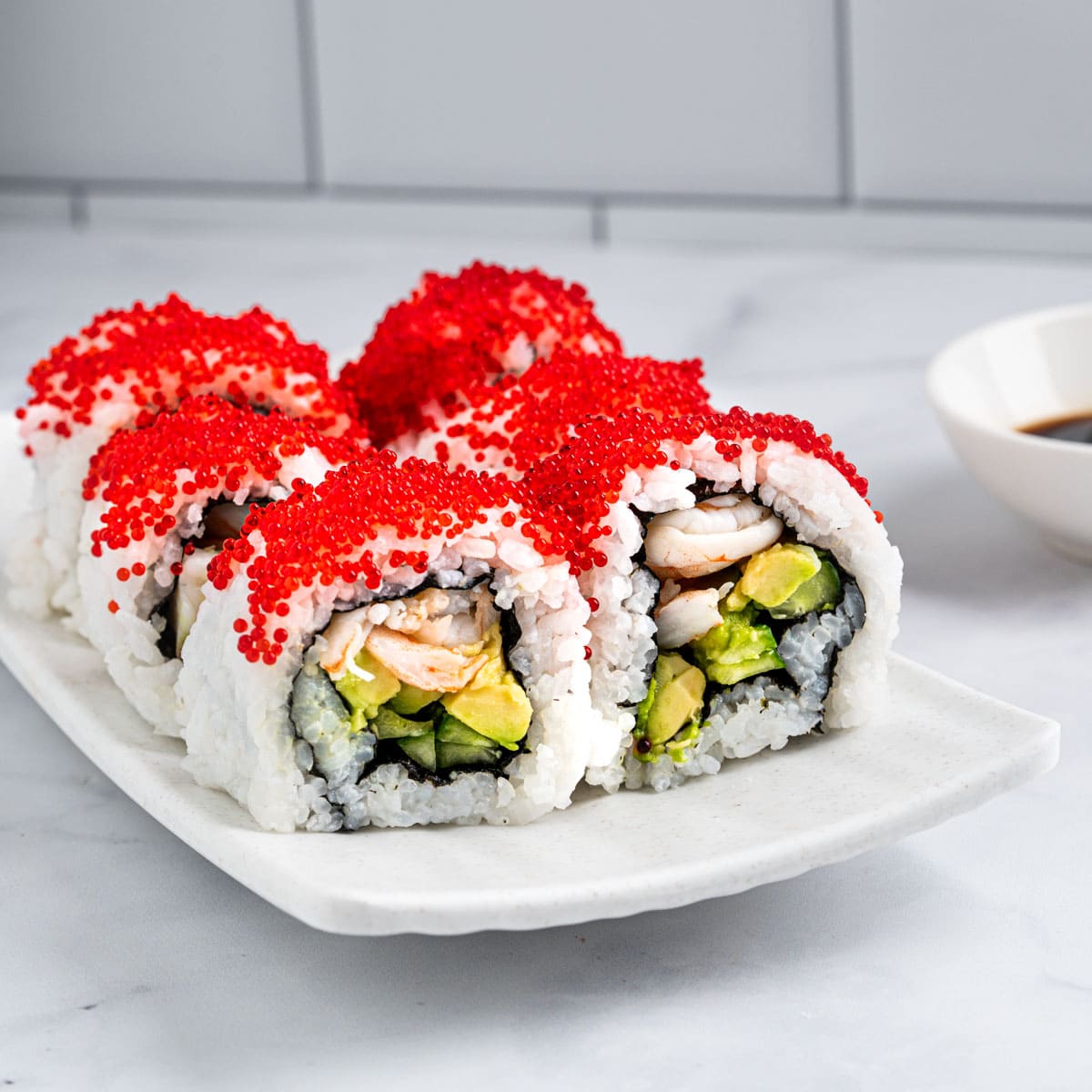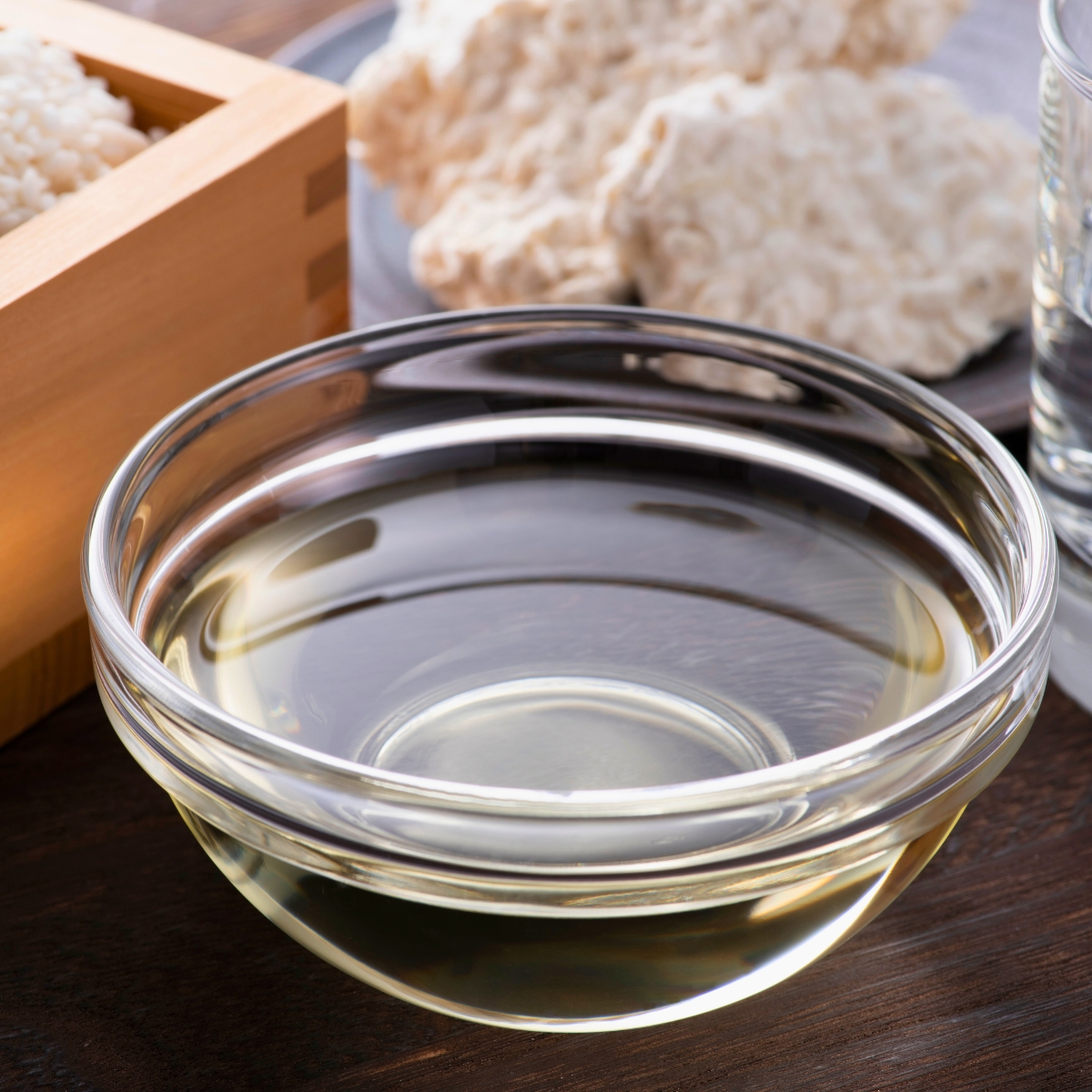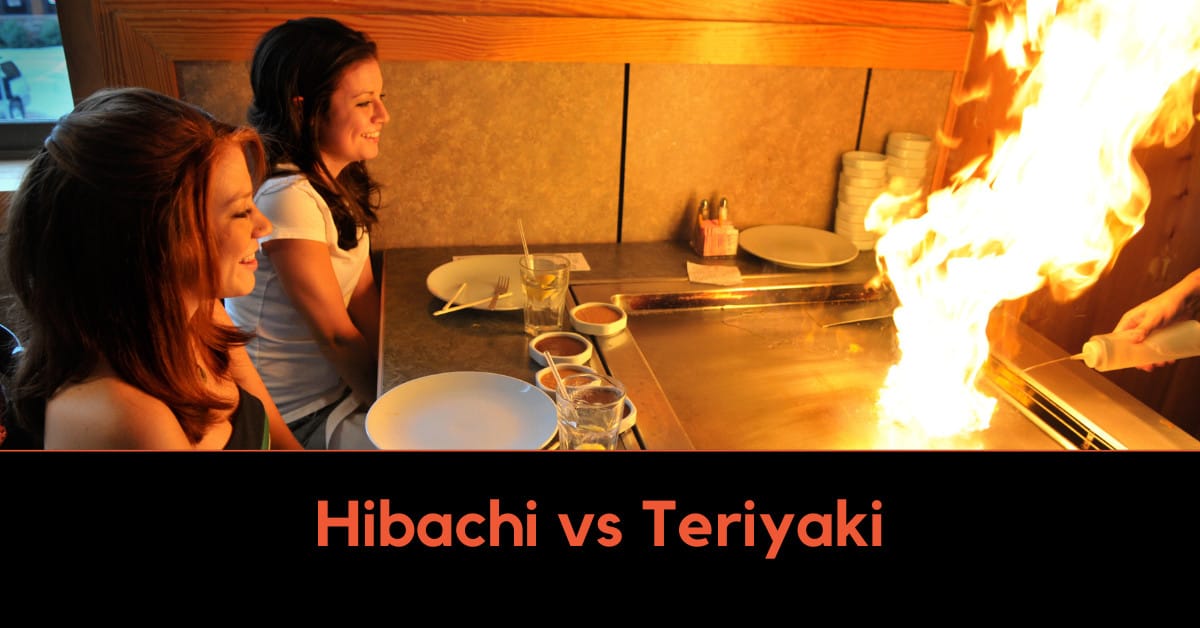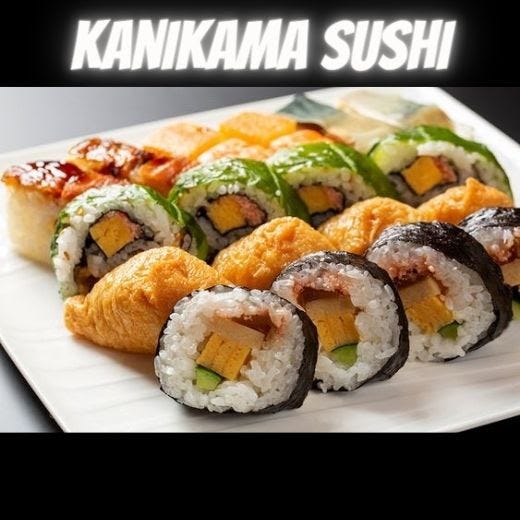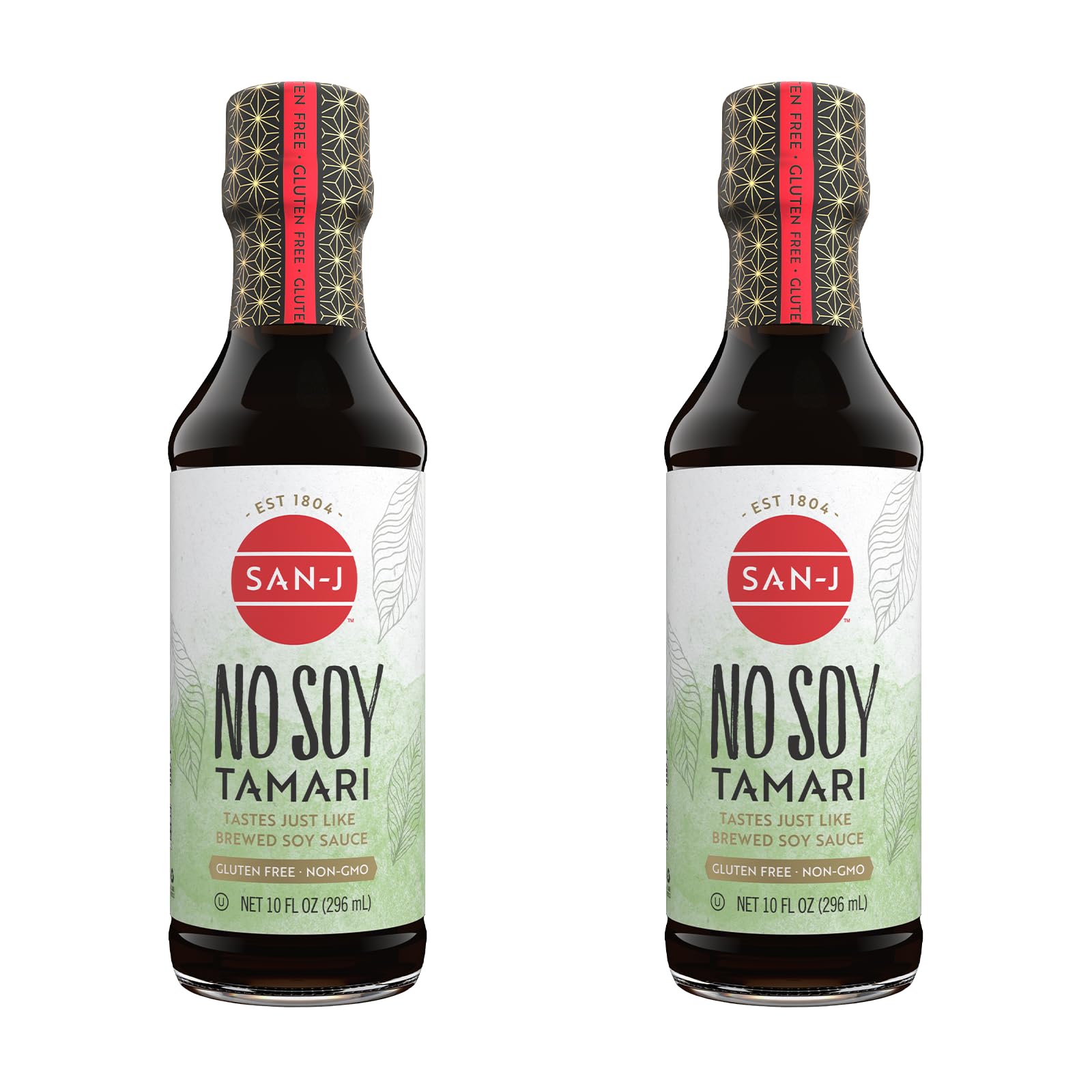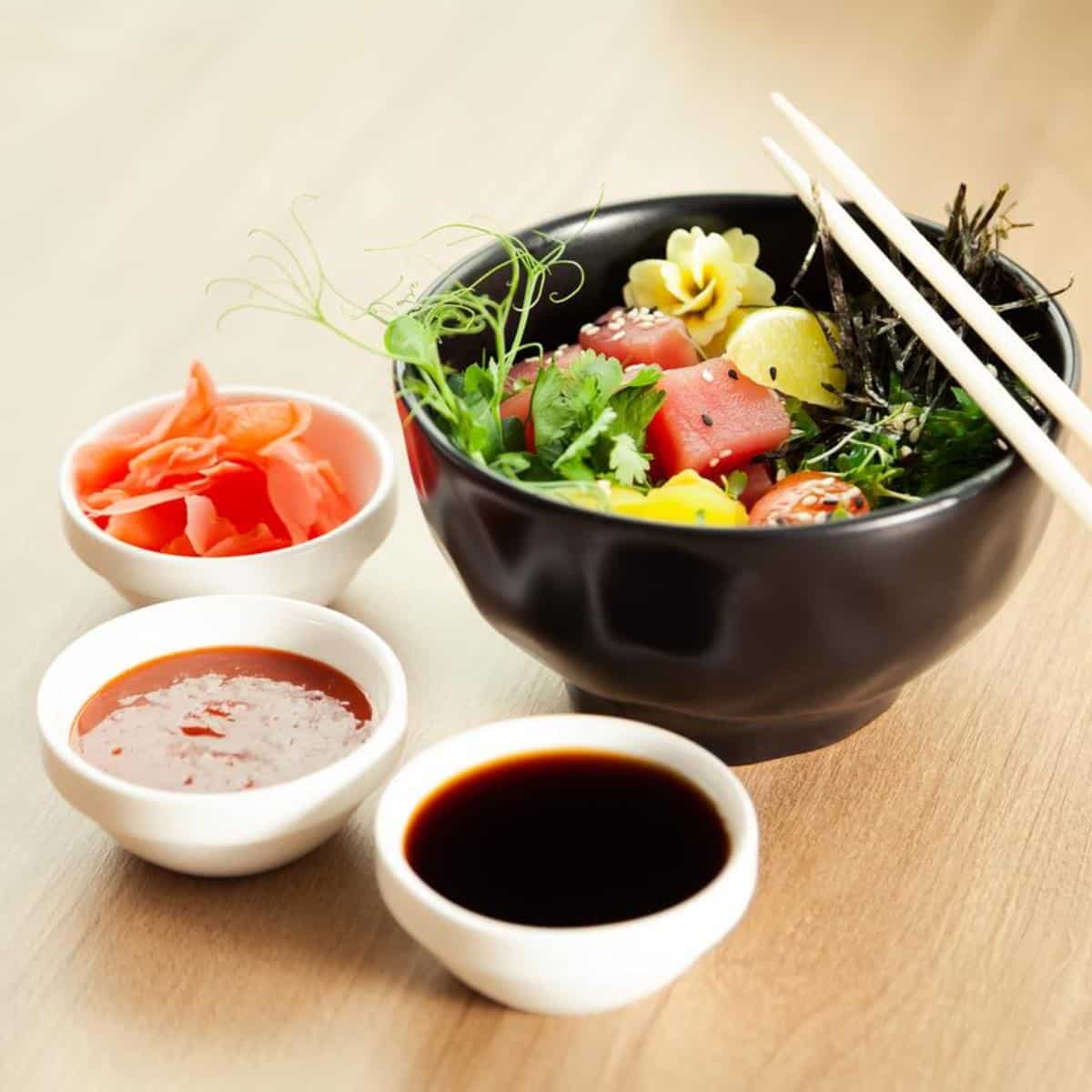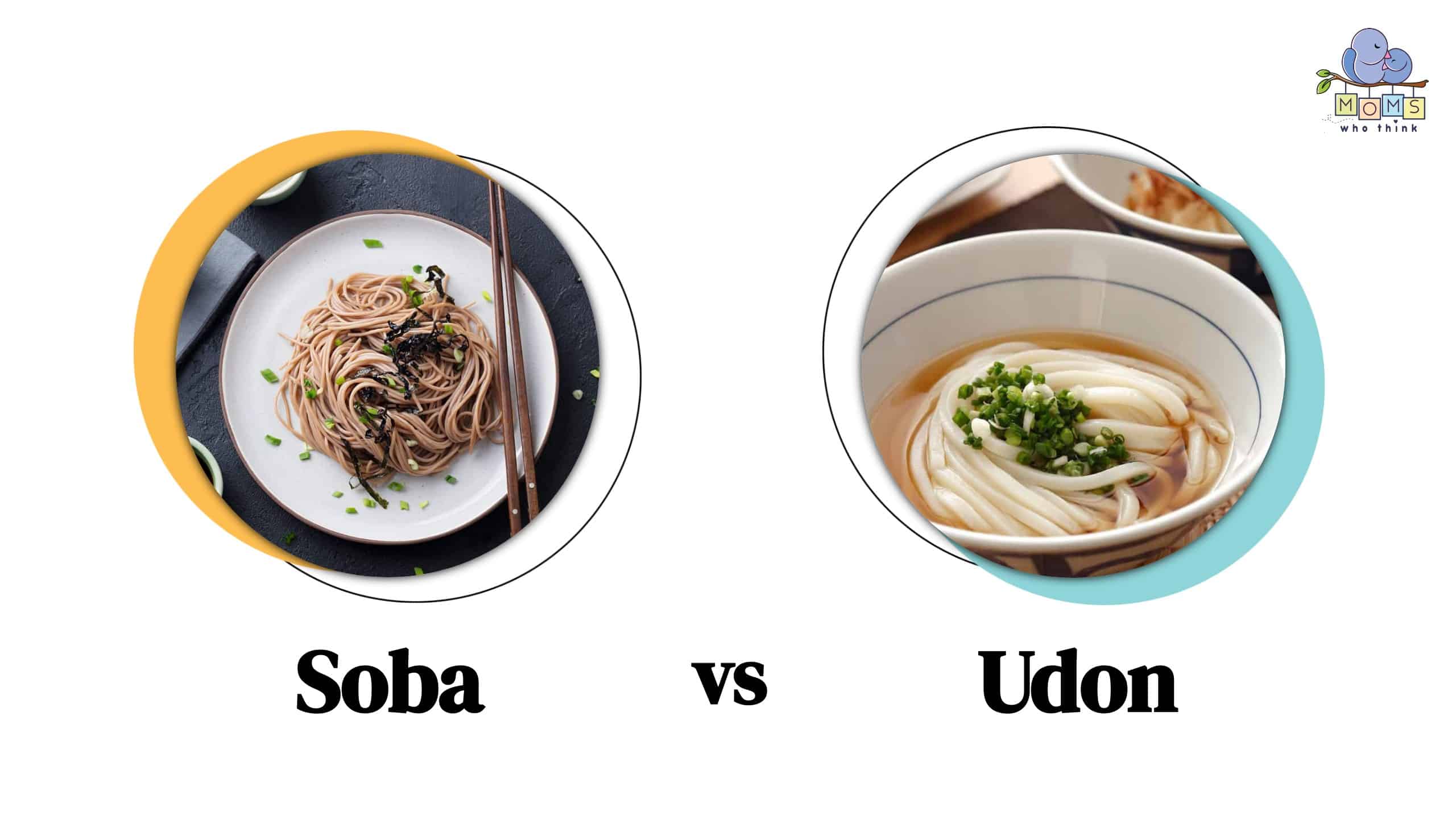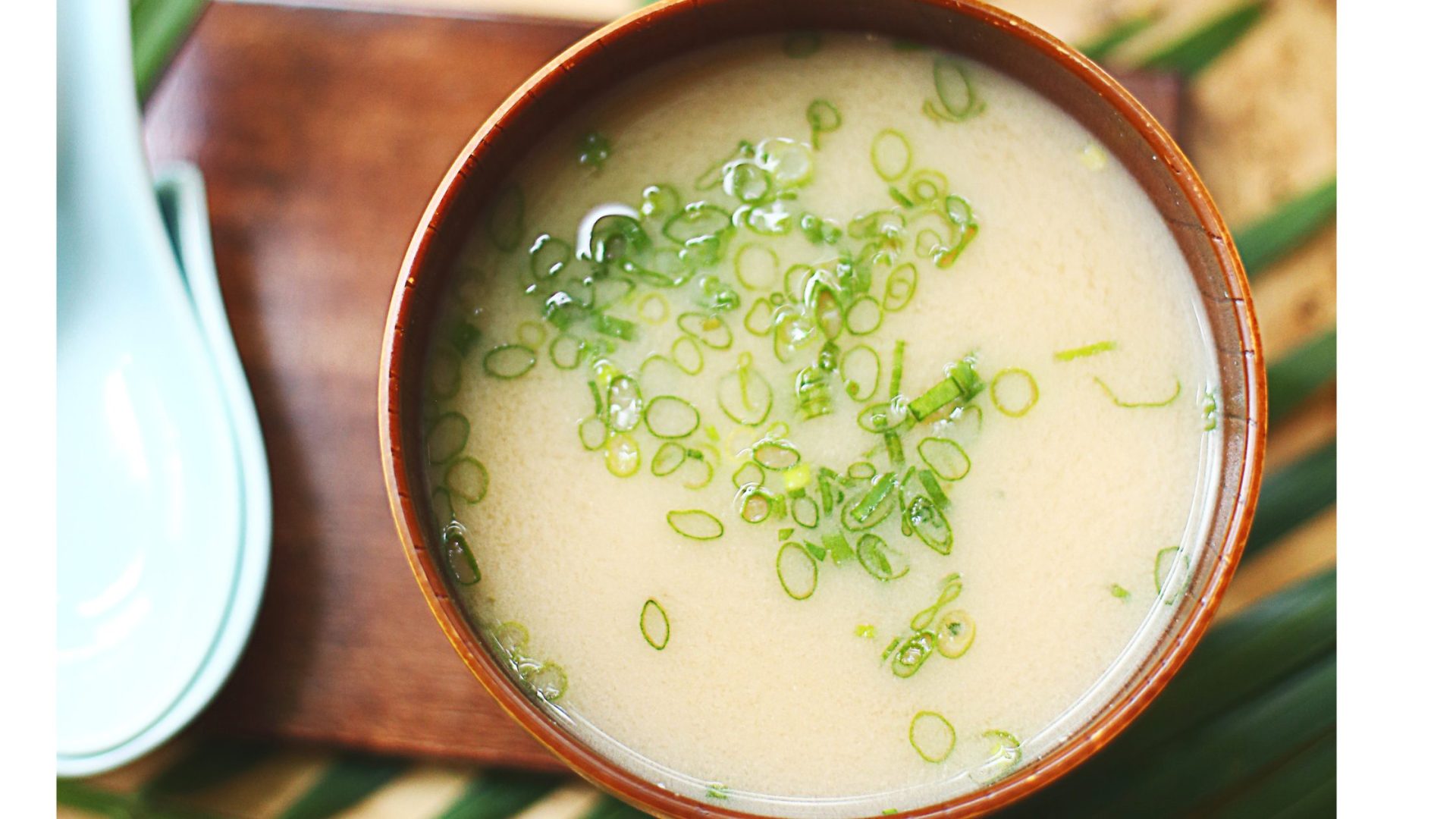One Pot Shabu Shabu: A Healthier and Flavorful Japanese Hot Pot Experience!
– One Pot Shabu Shabu restaurant
– Authentic shabu shabu dining
– Silicon Valley
– Cupertino
– New Apple headquarters
– 6 unique broths
– In-house developed broths
– Daily-prepared broths
– Assorted vegetable plates
– Hand-washed vegetables
– High standards for meat selection
– Hand-selected meat
– Evolving menu and offerings
– Fresh ingredients
– Shabu shabu dishes
– “One pot shabu shabu” dish
– Assorted vegetables
– Vegetable melody
– Homemade sesame sauce (Gomadare)
– Ponzu (citrus and soy sauce mix)
– Choice of steam rice or mixed grain rice
– All-natural meat
– Vegetarian diet
– No growth hormones
– No antibiotics
